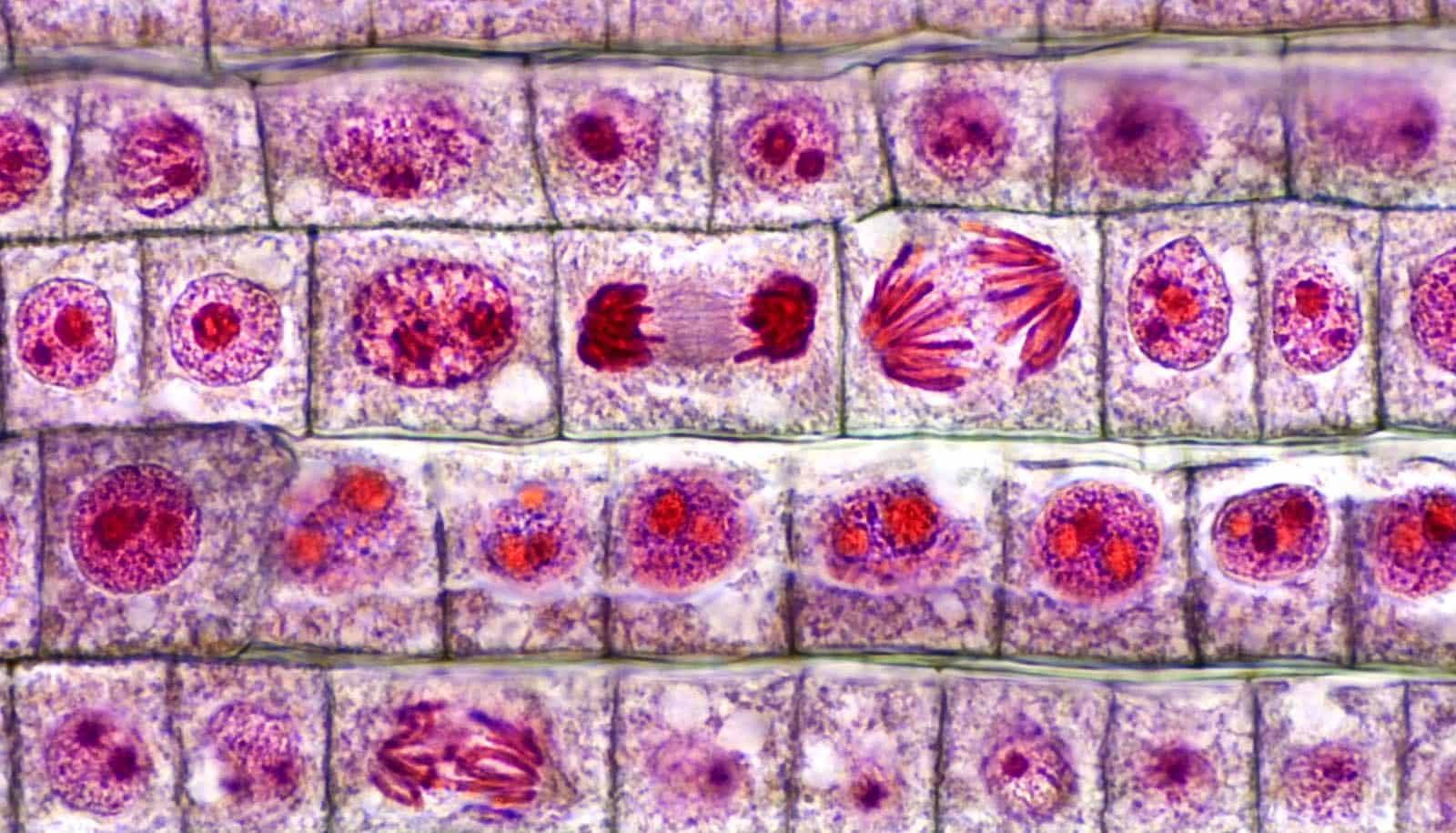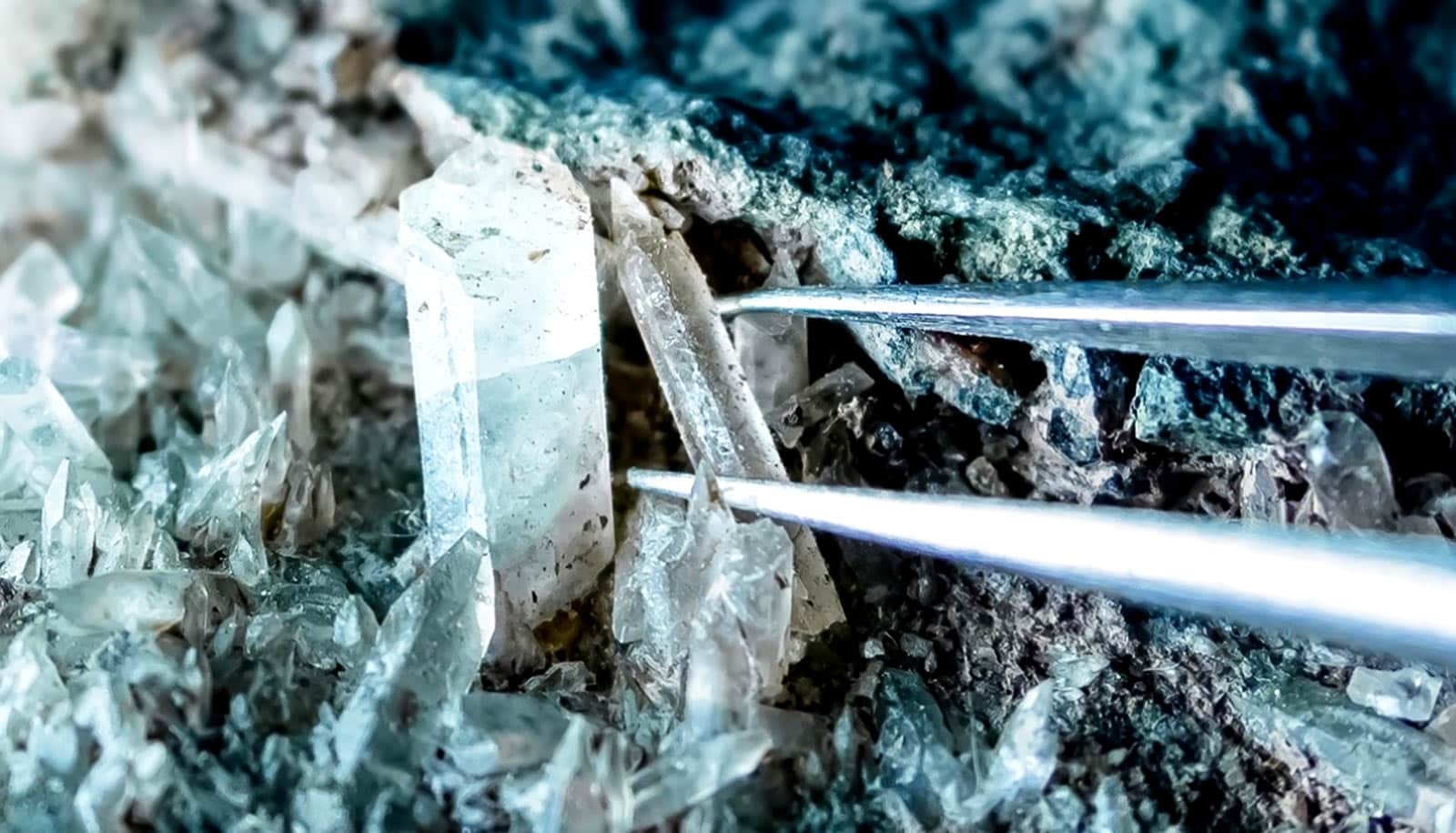Eukaryotes, complex life forms with nuclei in their cells, including all the world’s plants, animals, insects, and fungi, trace their roots to a common Asgard archaean ancestor, research finds.
That means eukaryotes are, in the parlance of evolutionary biologists, a “well-nested clade” within Asgard archaea, similar to how birds are one of several groups within a larger group called dinosaurs, sharing a common ancestor. The team has found that all eukaryotes share a common ancestor among the Asgards.
No fossils of eukaryotes have been found from farther back than about 2 billion years ago, suggesting that before that, only various types of microbes existed.
“So, what events led microbes to evolve into eukaryotes?” says Brett Baker, associate professor of integrative biology and marine science at the University of Texas at Austin. “That’s a big question. Having this common ancestor is a big step in understanding that.”
Led by Thijs Ettema of Wageningen University in the Netherlands, the research team identified the closest microbial relative to all complex life forms on the tree of life as a newly described order called the Hodarchaeales (or Hods for short). The Hods, found in marine sediments, are one of several subgroups within the larger group of Asgard archaea. The findings appear in Nature.
The Asgard archaea evolved more than 2 billion years ago, and their descendants are still living. Some have been discovered in deep sea sediments and hot springs around the world, but so far only two strains have been successfully grown in the lab. To identify them, scientists collect their genetic material from the environment and then piece together their genomes. Based on genetic similarities with other organisms that can be grown in the lab and studied, the scientists can infer metabolism and other features of the Asgards.
“Imagine a time machine, not to explore the realms of dinosaurs or ancient civilizations, but to journey deep into the potential metabolic reactions that could have sparked the dawn of complex life,” says Valerie De Anda, a researcher in Baker’s lab. “Instead of fossils or ancient artifacts, we look at the genetic blueprints of modern microbes to reconstruct their past.”
The researchers expanded the known Asgard genomic diversity, adding more than 50 undescribed Asgard genomes as input for their modeling. Their analysis indicates that the ancestor of all modern Asgards appears to have been living in hot environments, consuming CO2 and chemicals to live. Meanwhile, Hods, which are more closely related to eukaryotes, are metabolically more similar to us, eating carbon and living in cooler environments.
“This is really exciting because we are looking for the first time at the molecular blueprints of the ancestor that gave rise to the first eukaryotic cells,” De Anda says.
Support for this research came from the Origin of Eukaryotes program at the Moore and Simons Foundations; the US National Science Foundation; the Wellcome Trust Foundation; the European Research Council; the Swedish Research Council; the Dutch Research Council; the National Natural Science Foundation of China; the Wenner-Gren Foundation; the Science for Life Laboratory (Sweden); and the European Commission’s Marie Skłodowska-Curie Actions.
Source: UT Austin



